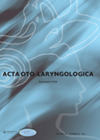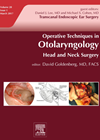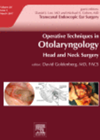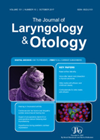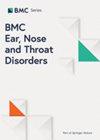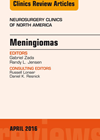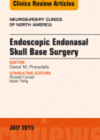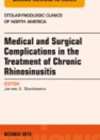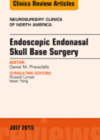
Journal Reviews
Does endoscopic tympanoplasty give better results than a conventional approach?
This is a retrospective review looking at two groups of patients who had undergone middle ear surgery for chronic otitis media (perforation, retraction pocket/cholesteatoma) either open or endoscopic. Four hundred and five patients underwent open ear surgery and 501 endoscopic,...
Options for the endoscope and acquired cholesteatoma
This was a thought-provoking article examining the reasons why the authors believe that the endoscope is enabling an improved understanding of acquired cholesteatoma and its management. They describe in depth the ventilation pathways of the middle ear, and how they...
A beginner’s guide to endoscopic ear surgery (EES)
For some, this article will not provide them with anything new with respect to EES – in particular, the advantages of the technique and how to achieve them. However, for those surgeons who are debating whether to embark on the...
Does endoscopic stapling for pharyngeal pouch supersede open repair?
Endoscopic stapling for pharyngeal pouch is generally considered to be less invasive, safe and with fewer complications, resulting in quicker recovery and a shorter hospital stay. Whether these factors hold in the long-term follow-up is the subject of this interesting...
A review of endoscopic sinus surgery outcomes
This review discusses the outcome measures that may be considered in the assessment of patients with chronic rhinosinusitis (CRS) as well as the outcomes of endoscopic sinus surgery (ESS) published so far. The authors also discuss the role of peri-operative...
Do endonasal approaches for meningiomas have more CSF leaks?
Rarely, patients presenting to the ENT surgeon with anosmia may have an anterior skull base neoplasm such as a meningioma. Historically, the traditional approaches have focused on several transcranial, external routes, including the pterional craniotomy, and the subfrontal craniotomy. The...
The increasingly favourable outcomes from endoscopic endonasal approaches for the management of pituitary adenomas
Historically, pituitary tumours have been surgically managed with an open, transcranial approach. Although this approach still has its merits in large intracranial adenomas, technological advancement has allowed smaller tumours to be debulked via a transseptal microscopic technique. These days, the...
Do I need Google maps in here?
Image guidance surgery (IGS) has grown in popularity. This review article discusses its application in endoscopic sinus surgery (ESS). IGS technology has vastly improved with smaller, more mobile platforms that are easy to set up and use. IGS allows validation...
CSF leak – endoscopic or open repair?
Cerebrospinal fluid (CSF) rhinorrhoea is well known to the ENT surgeon. It commonly occurs secondary to a predisposing event such as accidental or iatrogenic trauma. When it occurs spontaneously, it can be associated with benign intracranial hypertension. The commonest CSF...
How should I excise sinonasal tumours, open or endoscopic? En bloc or piecemeal?
Sinonasal tumours often present late because initial symptoms mimic benign disease. They tend to produce more unilateral nasal symptoms, and patients with advance disease often describe paraesthesia and other cranial neuropathies. They only account for approximately 3% of upper aerodigestive...

